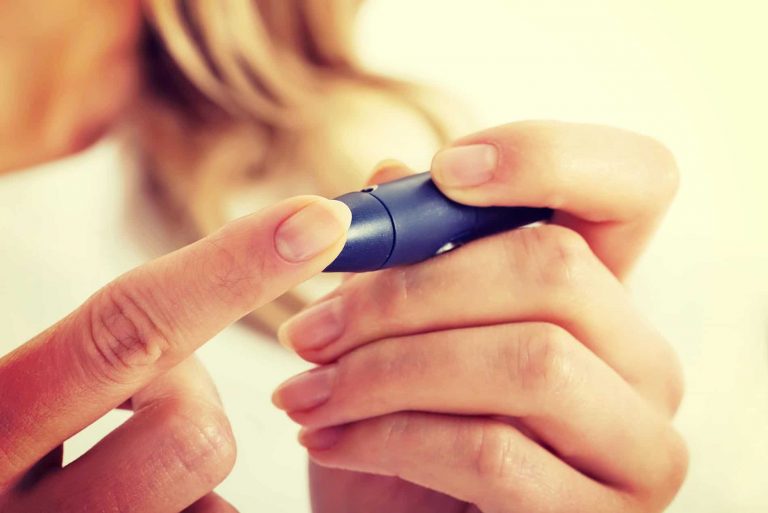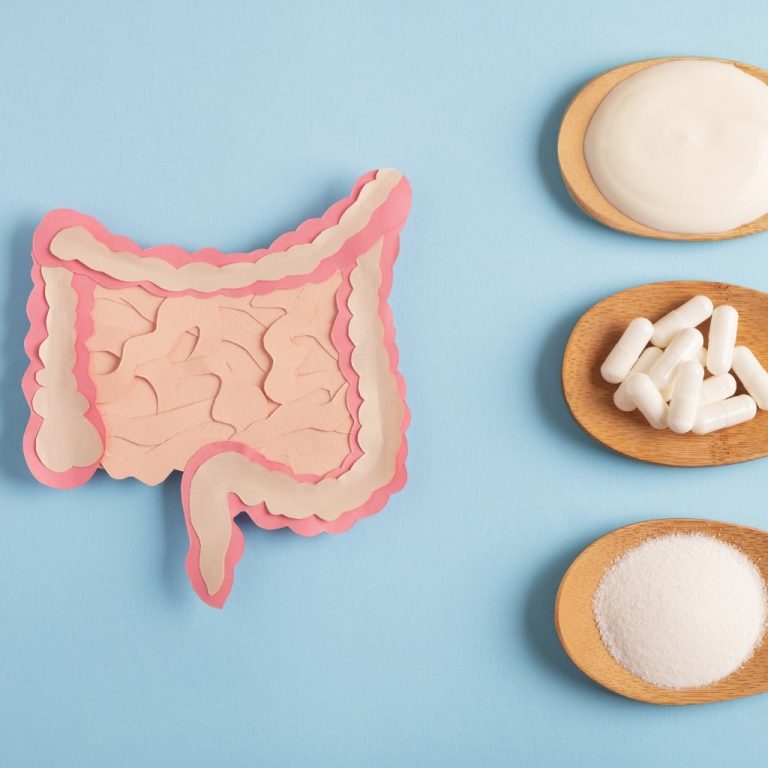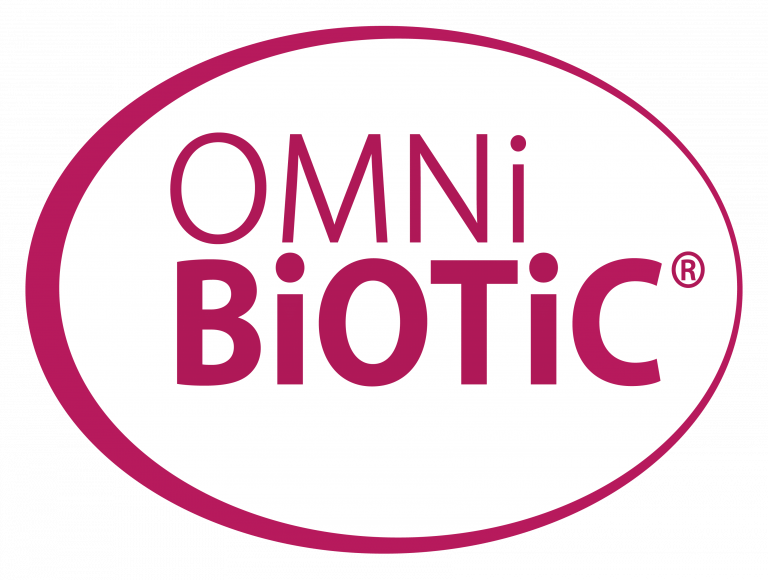Our intestines are home to over a thousand different strains of bacteria, all of which weigh in at around one and a half kilos. The so-called microbiome influences numerous processes in the body – probably including the development of diabetes.
In several studies, scientists have found that in later diabetics, the diversity of bacterial strains decreases months or years before the onset of the disease. “In type 2 diabetics, the bacterial genome becomes more uniform and the ratio of ‘good’ and ‘bad’ bacteria shifts in favour of the ‘bad’ ones,” says Michael Roden, Scientific Director and Board Member of the German Diabetes Centre (DDZ) and Head of the Clinic for Endocrinology and Diabetology at the University Hospital Düsseldorf.
First the intestinal flora changes, then comes diabetes
Healthy people have a ratio of about 80 to 20. In this amount, the beneficial bacterial strains manage to keep harmful conspecifics under control. If the ratio gets out of balance, the immune system can also be affected.
“In particular, those bacterial strains that produce butyric acid or other short-chain fatty acids are found in reduced numbers in diabetics,” says Roden. These fatty acids promote the combustion processes in the body and prevent pathogenic germs from taking over.
At the same time, more inflammation-promoting bacterial waste, so-called endotoxins, as well as acetic acid-producing bacteria are found in the intestines of diabetics. Acetic acid influences, among other things, insulin secretion via the nervous system.
Researchers also discovered changes in the microbiome in type 1 diabetics. In a study of 33 children with a genetic risk for the autoimmune disease, scientists observed a 25 percent decrease in “good” intestinal bacteria one year before the onset. At the same time, the potentially harmful strains that promote inflammatory processes in the gut increased.
“For type 1 diabetes, the studies are inconclusive. Changes can, but do not have to, occur in the run-up to the disease,” says Roden. In type 2 diabetics, the results are more certain.

Can I prevent diabetes with probiotics?
If the gut flora influences whether someone becomes diabetic: Does it then help to strengthen the microbiome preventively? Researchers investigated this question in a study with around 8,000 newborns who had inherited an increased risk of type 1 diabetes.
Some of the babies were given probiotics, i.e. preparations of living, health-promoting microorganisms such as lactic acid bacteria or bifidobacteria, for the first 27 days of life. In the years to come, the researchers regularly examined whether the children had islet cell antibodies, the precursors of type 1 diabetes, in their blood. In the most recently published evaluation, the oldest children were ten years old. In fact, the children who had received probiotics immediately as newborns formed islet cell antibodies less frequently later on.
“In short-term studies, the microorganisms were able to increase insulin secretion by almost 50 percent,” says Roden about probiotics. “However, it is still unclear whether this leads to the restoration of a healthy intestinal flora in the long term.”
Another method of establishing useful bacteria in the intestine is the so-called stool transplantation. This involves transferring excrement from a healthy person into the intestine of a diabetic. In a Dutch study, this improved the insulin sensitivity of people who suffered from metabolic syndrome, i.e. who were overweight and had high blood pressure and already had a reduced response to insulin.
SOURCE (in German only): http://www.spiegel.de/gesundheit/diagnose/mikrobiom-so-beeinflusst-die-darmflora-das-diabetes-risiko-a-1114569.html



























